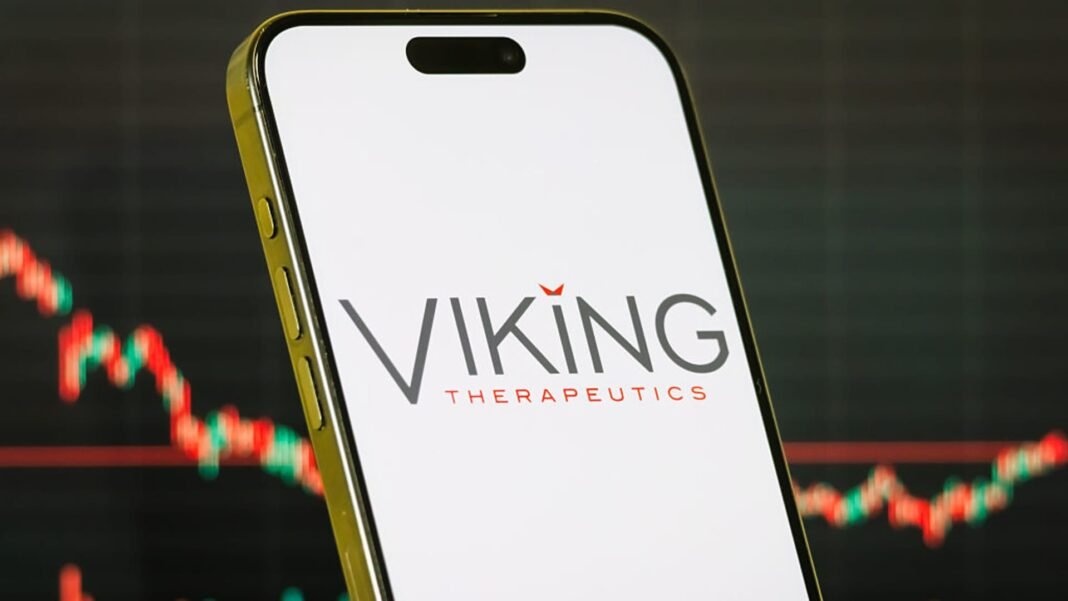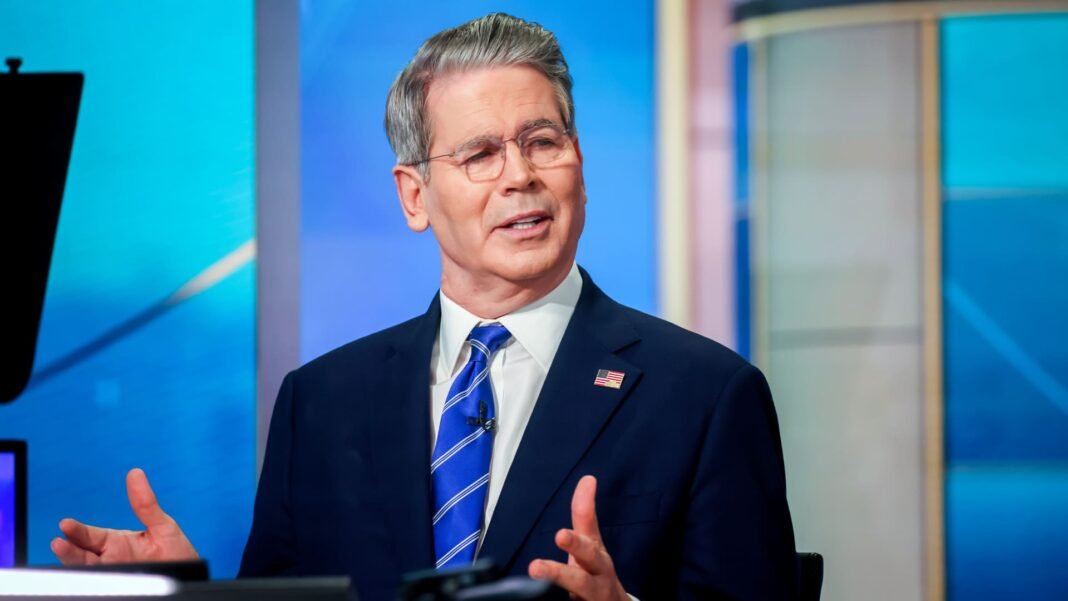Viking therapeutics’ Stock Plummets After Underwhelming Results in Obesity Drug Trial
The shares of viking Therapeutics suffered a steep decline following the release of mid-stage clinical trial data for its obesity treatment, which failed to meet market expectations.The stock nosedived from $42.09 at Monday’s close to nearly $23.80 by Tuesday morning, representing an approximate 43% drop in value. This sharp fall reduced Viking’s market capitalization from over $4 billion down to about $2.69 billion.
Challenges Facing Viking in the Competitive Obesity Treatment Arena
This setback poses a significant obstacle for Viking as it strives to establish itself within the booming obesity and diabetes pharmaceutical markets-sectors attracting fierce competition from industry leaders eager to expand their portfolios. Once viewed as a promising acquisition prospect, Viking now confronts intensified rivalry against established players such as eli lilly and Novo Nordisk, both advancing oral weight loss therapies that could reach patients sooner than Viking’s VK2735 tablet.
Industry Experts Weigh In on Future Prospects
Mizuho healthcare equity strategist Jared Holz remarked that these trial outcomes likely dampen hopes for Viking emerging as a dominant force in oral obesity medications over the short- and medium-term horizons.
The Complex Quest for Effective Oral Weight Loss Medications
The development of convenient yet potent oral treatments for obesity remains an industry-wide challenge. For example,pfizer recently halted earlier drug candidates while accelerating new compounds after encountering similar obstacles.
VK2735 had previously shown encouraging results by enabling patients to lose up to 12.2% of their body weight within approximately three months without signs of plateauing-indicating potential for further reductions with prolonged use.
Difficulties Comparing Clinical Data Across Competitors
A direct side-by-side comparison between viking’s phase two findings and those from more advanced trials by Eli Lilly or Novo Nordisk is complicated due to variations in study length and design parameters.
Holz noted that VK2735 generally appears less effective than Eli Lilly’s leading oral candidate, which demonstrated an average body weight reduction of 12.4% at its highest dose during a 72-week phase three trial (adjusted figure: 11.2% accounting for patient dropouts).
Treatment discontinuation Rates Raise Concerns About Patient Retention
A significant issue with VK2735 was its elevated discontinuation rate: roughly 28% of participants ceased treatment within just 13 weeks due to various factors-higher than Eli Lilly’s approximately 25% dropout rate observed over a much longer period (72 weeks) with their drug orforglipron.
“Considering the shorter duration but higher dropout percentage,” Holz stated, “Eli Lilly demonstrates superior adherence performance.”
Tolerability issues Impacting Long-Term Use Potential
The main driver behind patient withdrawals was gastrointestinal side effects predominantly mild or moderate occurring early during therapy initiation phases. Adverse events were relatively frequent: nausea affected about 58% receiving VK2735 compared with around 48% on placebo; vomiting occurred in roughly 26%, versus only about 10% among placebo recipients.
This safety profile contrasts unfavorably with those reported in trials involving Eli Lilly’s pill and Novo Nordisk’s oral Wegovy formulation-both showing lower incidences despite longer study durations.
The Science Behind VK2735: Targeting Dual Gut Hormones
VK2735 functions by mimicking two gut hormones involved naturally in appetite regulation: GLP-1 (glucagon-like peptide-1) and GIP (glucose-dependent insulinotropic polypeptide). GLP-1 primarily suppresses hunger signals while GIP not only reduces appetite but may also improve metabolic processing of sugars and fats.
Eli Lilly’s medication along with Novo Nordisk’s oral Wegovy focus exclusively on GLP-1 pathways; however, Wegovy requires adherence to specific dietary guidelines not necessary with other emerging treatments like VK2735.
A Broader Perspective on Oral anti-Obesity Therapies Today
- Epidemiological context: With global adult obesity rates exceeding 13%, according to recent WHO estimates, demand continues surging worldwide for accessible pharmacological solutions addressing this public health crisis.
- Market outlook: The global anti-obesity drugs sector is forecasted to surpass $30 billion by mid-decade fueled largely by innovations targeting metabolic hormones through non-injectable formats favored by patients seeking convenience alongside efficacy improvements.
- User experience importance: Medication tolerability remains crucial; drugs causing fewer gastrointestinal disturbances tend toward better long-term compliance-a key determinant influencing real-world effectiveness beyond clinical trial endpoints alone.
- an illustrative case: A recent community-based initiative combining lifestyle coaching alongside novel GLP-1 receptor agonists achieved improved retention rates when side effects were minimized via gradual dose escalation-a strategy possibly applicable across upcoming therapies including those like VK2735 if tolerability can be enhanced substantially moving forward.
the Road Ahead: Implications For Patients And Investors Alike
The disappointing phase two results highlight how arduous it remains even for innovative biotech companies such as Viking Therapeutics to secure meaningful footholds amid dominant incumbents equipped with advanced-stage products supported by extensive multi-year clinical validation programs.
Patients searching for effective yet manageable options will likely continue favoring treatments balancing strong efficacy against acceptable safety profiles-factors currently benefiting competitors’ offerings until further improvements materialize.
Meanwhile, investors must carefully assess these developments given shifting valuations reflecting evolving confidence levels regarding pipeline viability within this fiercely competitive therapeutic category focused on combating one of today’s most urgent public health challenges.





